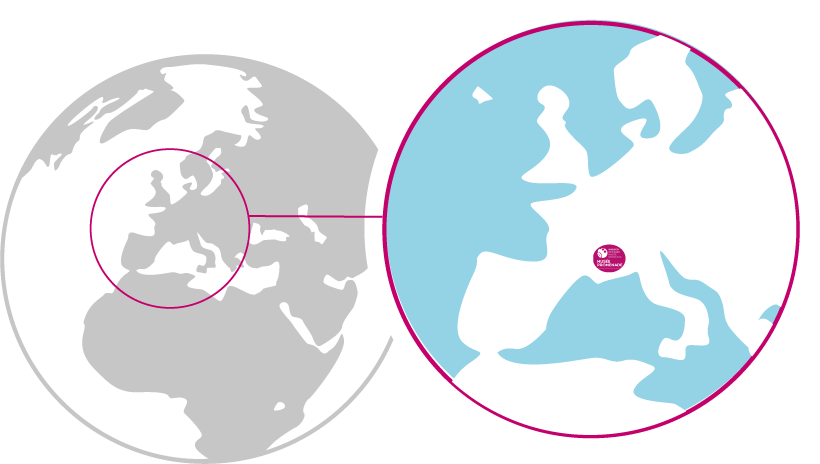The birds circling overhead may be vultures. They are scavengers and participate in the natural cleaning of our mountains. It is not uncommon to meet them near the cliffs where they use the updrafts of air that carry them. They had disappeared from the region due to the purposely poisoning of carcasses to reduce large predators, as well as many folk legends.
The Griffon Vulture (2.40 to 2.70m). It consumes the tender parts of carcasses. Reintroduced in the Verdon area between 1996 and 2004. In 2014, around 110 pairs were recorded in the county.
The Monk Vulture (2.65 to 2.85m). It eats the firm parts of carrion. Reintroduced in the Verdon area since 2005, two individuals released in 2014 equipped with a GPS tracking device. In 2014, 1 pair in the county.
The Bearded Vulture (2.60 to 2.90m) is nicknamed "bone breaker". In 2014, 1 pair in the county.
The Egyptian Vulture (about 1.60m). Thanks to its small hooked beak, it pecks at the remains around carcasses. An African migrant, it spends the winter in Mali or Mauritania. In 2014, 1 pair in the county.





